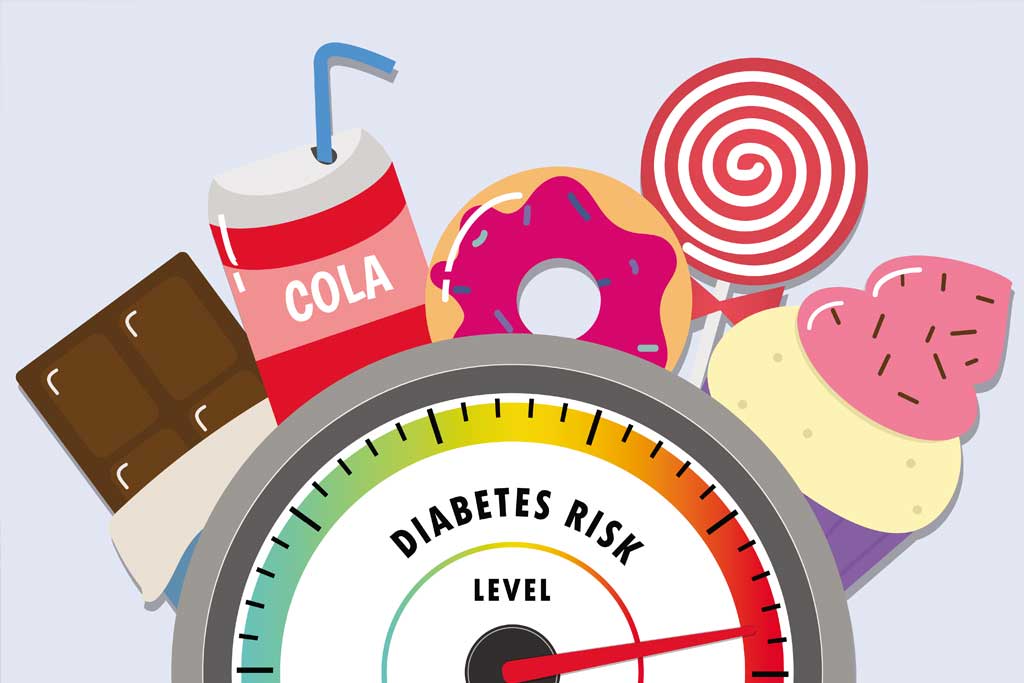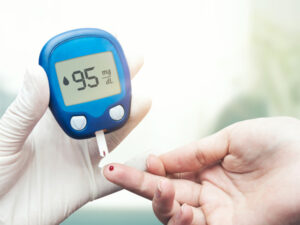Did You Know That This Blood Type Is At A Higher Risk Of Diabetes

Diabetes is one of the most common issues that people suffer through today. So, what exactly is diabetes?
Diabetes is a disease that happens when an individual’s blood sugar or blood glucose is too high. This blood sugar comes from the food that people eat and constitutes the main source of energy that body has. Glucose derived from the food that an individual eats is transferred to the body cells using insulin. Insulin is a hormone secreted by the pancreas. There are times when the body can’t make an adequate amount of insulin or doesn’t make use of insulin which leads to the glucose remaining in the blood instead of reaching the cells.
When the glucose remains in the blood for too much time, it can lead to health issues like diabetes. And even though diabetes has no specific cure, there are simple steps that people can follow to manage their diabetes.
There are three common types of diabetes known as type 1, type 2, and gestational diabetes.
Type 1 diabetes
In the case of Type 1 diabetes, the body does not make any insulin. This happens due to the immune system attacking and destroying pancreas cells that make insulin. This type of diabetes is mostly diagnosed in children and young adults but it can be diagnosed at any age. People who have Type 1 diabetes need to take insulin artificially to be alive.
Type 2 diabetes
In the case of Type 2 diabetes, the body does not make or use the insulin adequately. Type 2 diabetes can be developed at any age. But it mostly occurs in middle-aged or older people. This type of diabetes is known as the most common type of diabetes.
Gestational diabetes
Gestational diabetes occurs most commonly in some pregnant women. Most of the time, gestational diabetes goes away after the birth of the baby. However, if you’ve had gestational diabetes, you have a greater chance of developing type 2 diabetes later in life. Sometimes diabetes diagnosed during pregnancy is actually type 2 diabetes.
When talking about India specifically, there are almost 70 million people who suffer from diabetes in this country, earning India the name of ‘diabetes capital of the world’. As mentioned earlier, diabetes is a type of disease that will require specific steps for management.
According to the Center for Disease Control and Prevention (CDC), few lifestyle changes can help an individual delay Type 2 diabetes in case they are prediabetic.
But along with an unhealthy lifestyle, there is another factor that can increase the risk of diabetes. It is the blood type of the individual.
According to the 2014 study published in Diabetologia, the journal of the European Association, people who have non-O blood type have a higher risk of developing type 2 diabetes as compared to people who have O blood type.
80,000 women were kept under observation to discover the relationship between blood type of individual and the risk of type 2 diabetes for this study. Out of these 80,000 participants, 3553 people were diagnosed with type 2 diabetes and the people who had O type blood were at a lower risk of being diagnosed with diabetes as compared to people with non-type O blood.
According to this study, women who had blood type A were 10 per cent more susceptible to type 2 diabetes as compared to women who had blood type O. On the other hand, women who haf B blood type were 21 per cent more susceptible to diabetes as compared to women with O blood type.
When researchers compared every combination with O negative blood type, they concluded that women with B positive blood type were at the highest risk of developing type 2 diabetes.
However, the relationship between diabetes risk and blood type is unknown, even though there are some possible explanations. As per researchers, a protein known as non-Willebrand factor which is higher in people with non O blood type and is associated with elevated blood sugar levels.
The researchers also claim that these blood types are associated with different molecules that are connected with type 2 diabetes.

